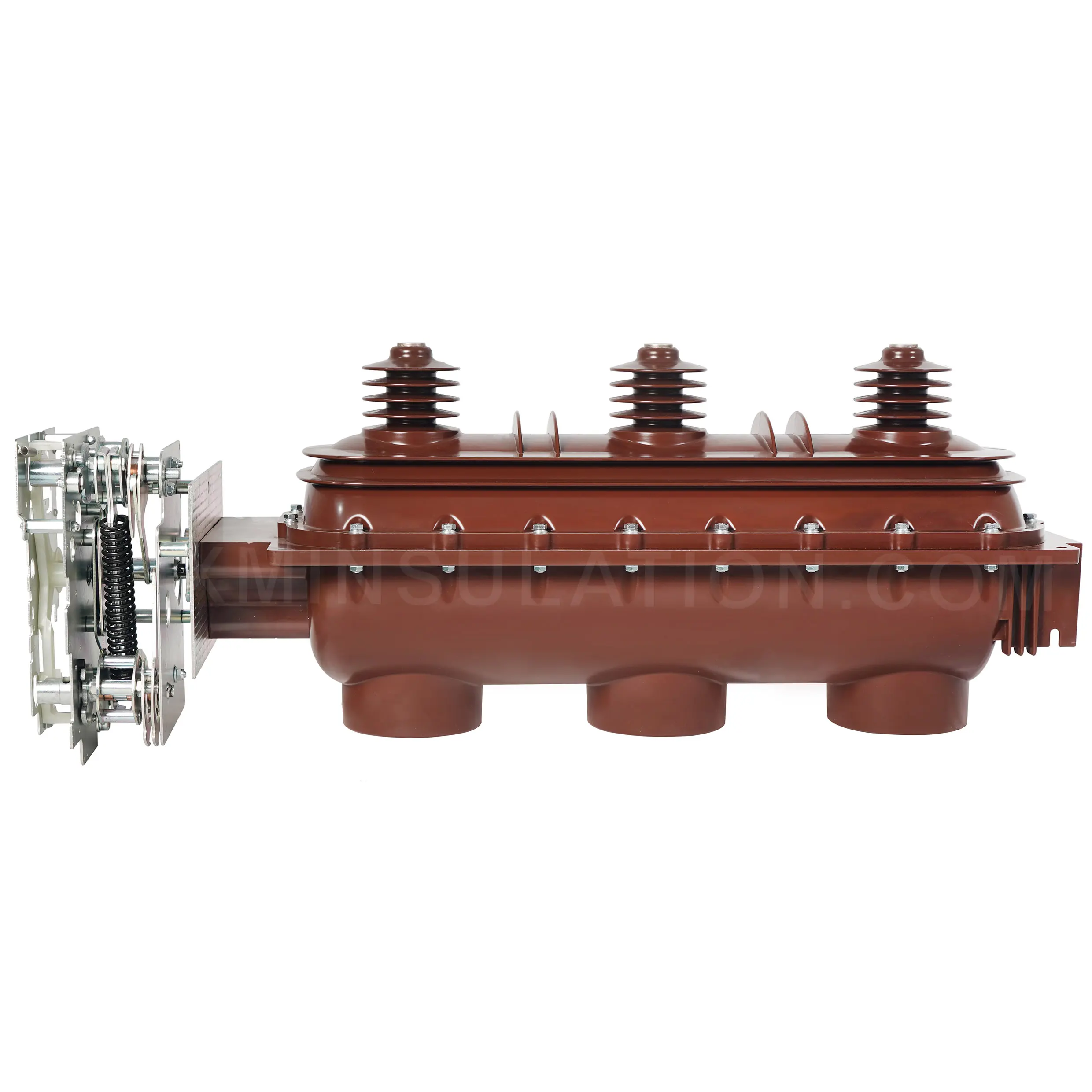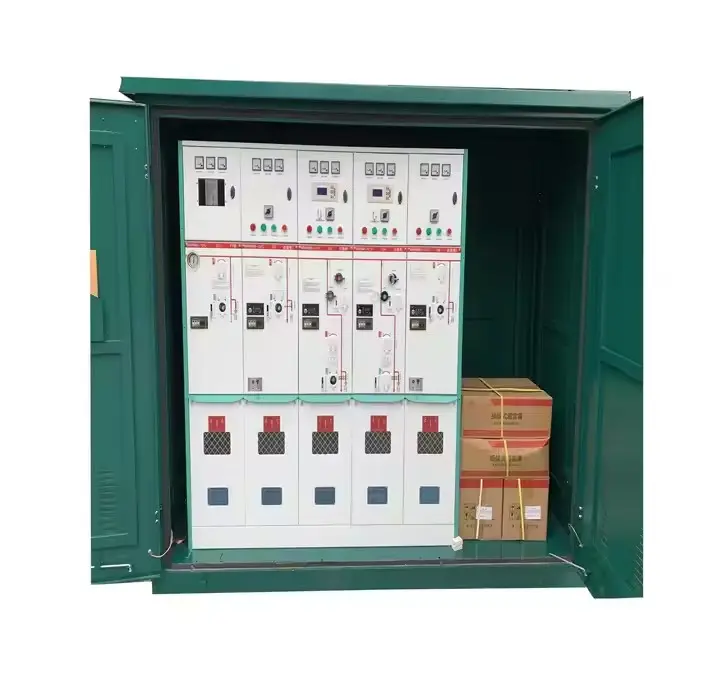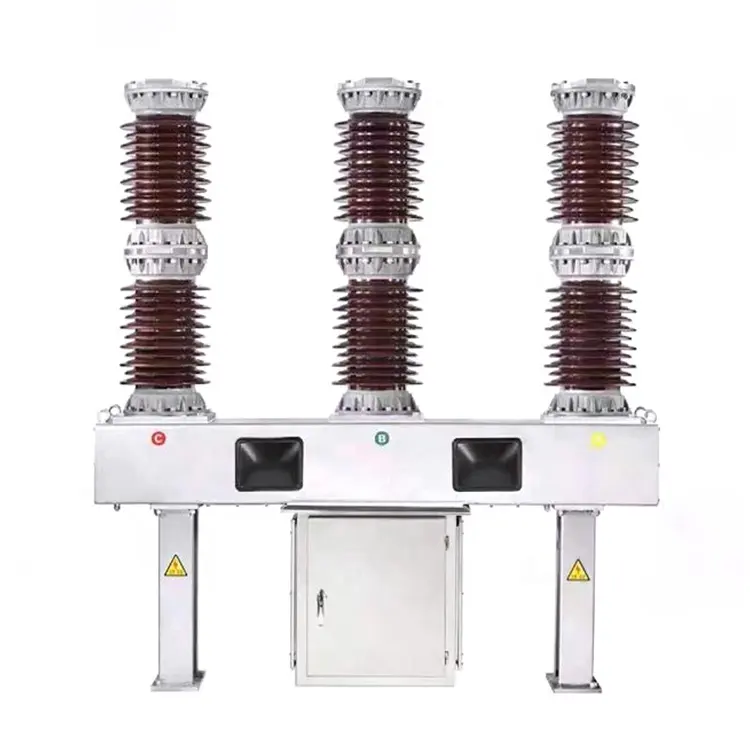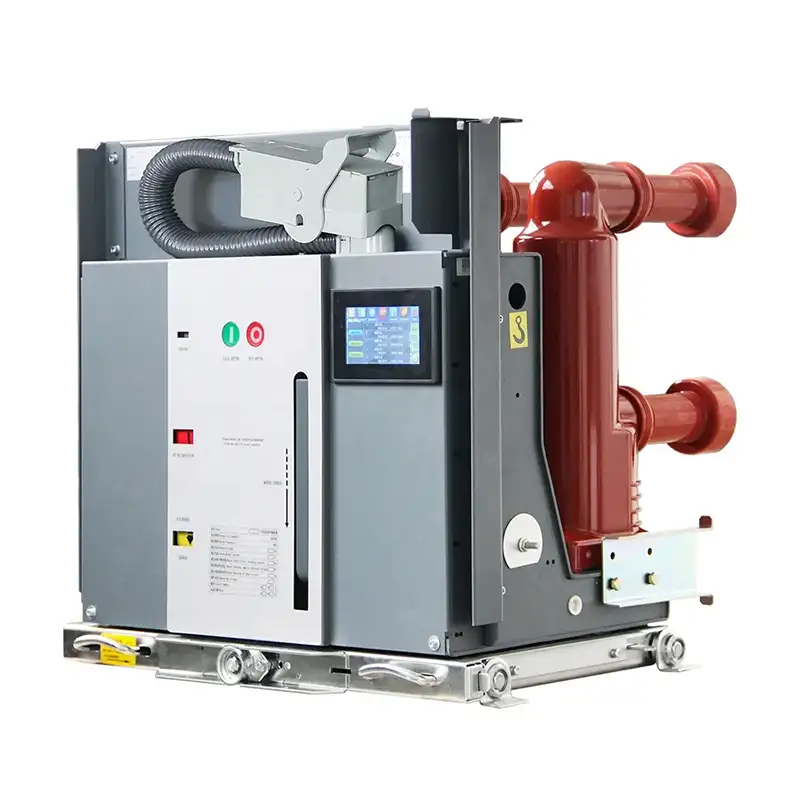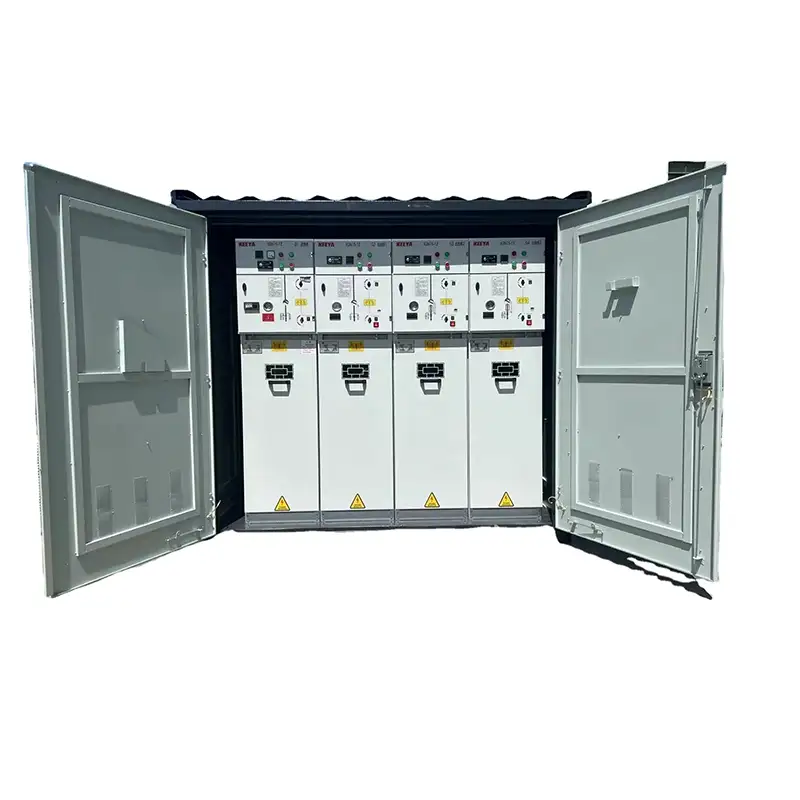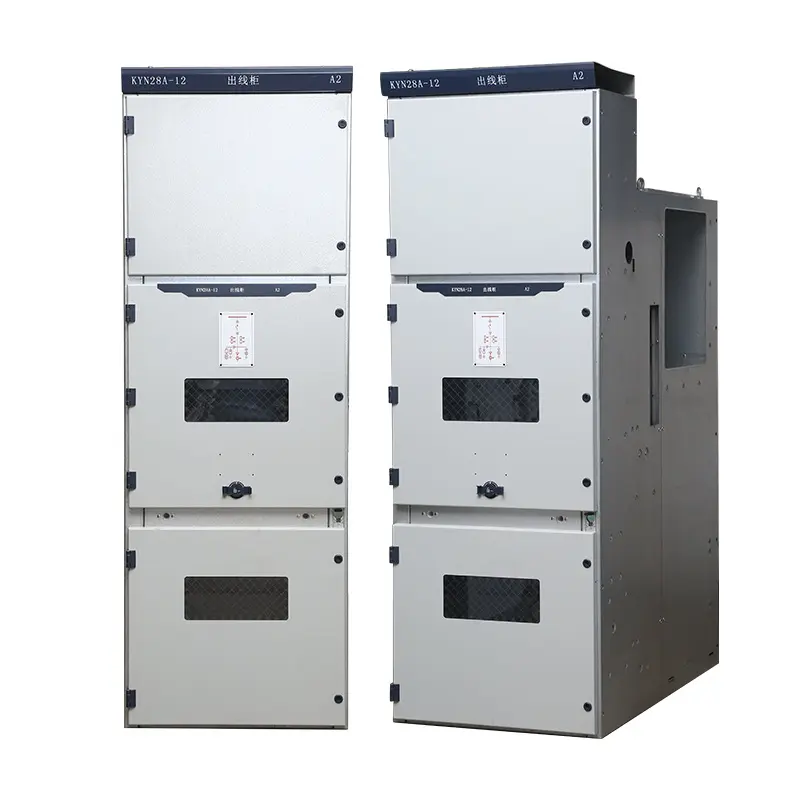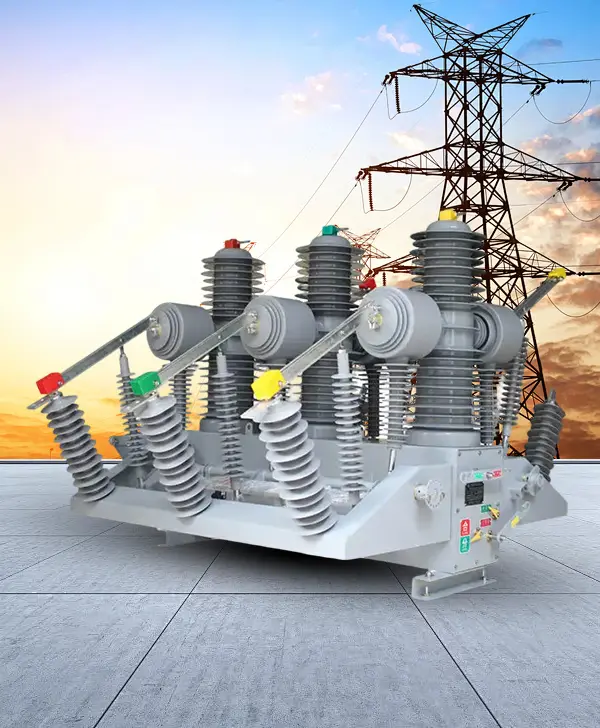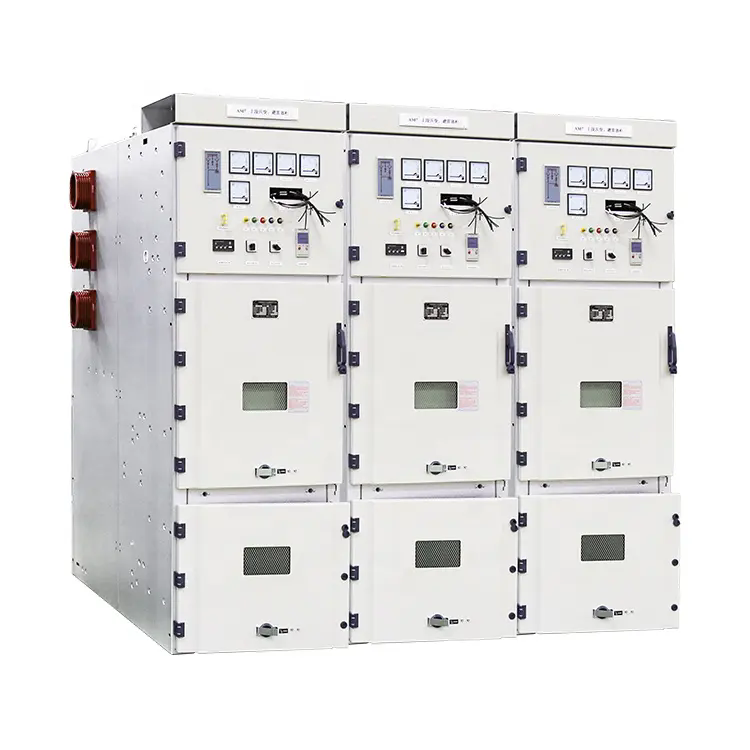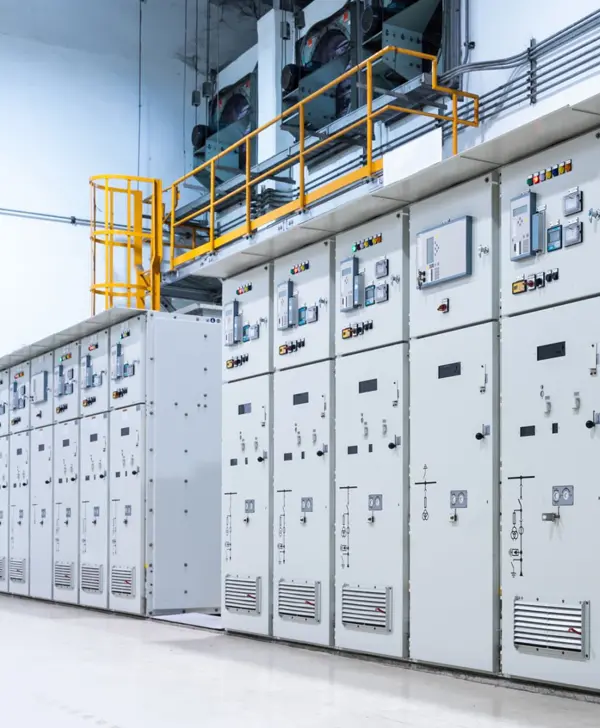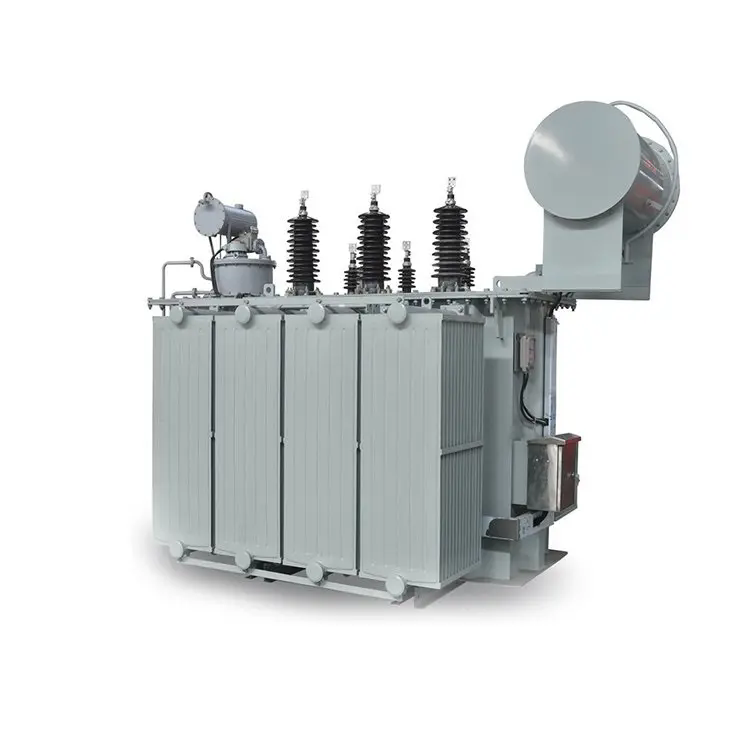The difference between circuit breakers and disconnectors
In power systems, circuit breakers and disconnectors are two crucial types of switchgear. They each play different roles and have unique functions, structures and application scenarios. This article will explore in detail the obvious differences between circuit breakers and disconnectors in terms of function, structure, application scenarios, current-cutting methods, and current-carrying capacity.
1. Functional Differences
The functional difference between circuit breakers and disconnectors is one of their most core features.
A circuit breaker, as the name suggests, has the function of automatically cutting off the circuit. It is a protective device in the power system, capable of responding promptly when abnormal conditions such as short circuits, overloads, and undervoltage occur in the circuit. The circuit breaker is equipped with sensing elements inside, which can monitor the changes of current in real time. Once an abnormal current, such as short-circuit current or overload current, is detected, the circuit breaker will automatically trigger the operating mechanism to separate the contacts and thus cut off the circuit. This process is automatically completed without human intervention, so the circuit breaker can quickly and effectively protect the safe operation of electrical equipment and circuits.
Unlike circuit breakers, the main function of disconnectors is not to cut off the circuit but to isolate the power supply. The disconnector can only be operated manually. It controls the on and off of the circuit by opening or closing the switch. It has no automatic protection function and cannot automatically cut off the current when an abnormality occurs in the circuit like a circuit breaker. However, disconnectors also play an important role in power systems. When inspecting circuits or equipment, disconnectors can create a clear disconnection point between the power supply and the load, thereby ensuring the safety of maintenance personnel and preventing electric shock and misoperation.
2. Structural Differences
There are also significant structural differences between circuit breakers and disconnectors.
The structure of circuit breakers is relatively complex, with various types and specifications to adapt to different circuits and occasions. Generally speaking, a circuit breaker is composed of multiple parts such as contacts, arc extinguishing devices, operating mechanisms, and protection devices. The contacts are the core components of a circuit breaker, responsible for conducting current and cutting off the circuit when necessary. The arc extinguishing device is used to extinguish the arc that may be generated when the contacts separate, preventing the arc from causing damage to the equipment and lines. The operating mechanism is responsible for driving the opening and closing actions of the contacts, while the protection device is used to monitor the circuit status and trigger the action of the circuit breaker in case of abnormality.
In contrast, the structure of the disconnector is relatively simple. It usually has only two positions: open and closed, and is mainly composed of insulating supports and contacts. Disconnectors do not have arc extinguishing devices (except for special designs), so they are generally required to operate under no-load or extremely low load conditions. This is because operating a disconnector under load or short-circuit current conditions may generate an arc, causing danger. Therefore, when using disconnectors, it is essential to strictly follow the operating procedures to ensure safety.
3.the application scenarios are different
Circuit breakers and disconnectors also have obvious differences in their application scenarios.
Circuit breakers are usually used in situations where the current needs to be automatically cut off. In a power distribution system, circuit breakers serve as main switches or branch switches, safeguarding the safety of the entire circuit or a specific branch. In the motor control system, circuit breakers are used to protect the motor from damage caused by faults such as overload and short circuit. In households, circuit breakers are often used as the main switches of distribution boxes and protective switches for various rooms and different electrical circuits, ensuring the safety and reliability of household electricity usage. In the industrial field, circuit breakers are widely used in high and low voltage distribution systems to control and protect large motors, transformers, distribution cabinets and other electrical equipment.
Disconnectors are mainly used in situations where manual power isolation is required. When equipment is under maintenance, the disconnector can isolate the equipment from the power supply, ensuring the safety of the maintenance personnel. In distribution boards, disconnectors are also used to isolate different circuits or devices to prevent misoperation or the spread of faults. In addition, disconnectors are also commonly found in substations, distribution rooms and other places. In these places with extremely high safety requirements, the role of disconnectors is particularly crucial. In case of emergency situations such as fire or equipment failure, the disconnector can quickly cut off the power supply to protect the safety of personnel and equipment.
4.the methods of cutting off the current are different
There are also significant differences between circuit breakers and disconnectors in the way they cut off current.
When the circuit breaker detects abnormal current changes through the internal sensing elements, it will automatically drive the operating mechanism to separate the contacts, thereby cutting off the circuit. This process is automatically completed, and the circuit breaker can reliably cut off the circuit even in the presence of load current or short-circuit current. This is because the circuit breaker is equipped with an arc extinguishing device inside, which can extinguish the arc that may be generated when the contacts separate, preventing the arc from causing damage to the equipment and circuit. Therefore, circuit breakers have a powerful arc-extinguishing capability and can protect the safe operation of power systems in various complex situations.
In contrast, a disconnector is used to disconnect the circuit by manually operating the switch contacts. As there is no arc extinguishing device, disconnectors are generally required to operate under no load or extremely low load. This is because operating a disconnector under load or short-circuit current conditions may generate an arc, causing danger. Therefore, when using disconnectors, it is essential to strictly follow the operating procedures to ensure that the operation is carried out under no-load or extremely low load conditions. Only in some specially designed disconnectors do they have a certain arc-extinguishing capability and can operate under load under the specified small current conditions. However, these specially designed disconnectors are not common, and their application scope is also somewhat limited.
5.the ability to withstand electric current is different
Circuit breakers and disconnectors also differ in their ability to withstand current.
Circuit breakers can withstand relatively large currents during normal operation and can quickly cut off the fault current in case of faults such as short circuits. Its current-breaking capacity is usually strong and can be designed to withstand short-circuit currents of thousands or even hundreds of thousands of amperes according to different application scenarios and voltage levels. This enables circuit breakers to play a crucial protective role in the power system, ensuring the safe operation of equipment and lines.
After disconnecting the circuit, the disconnector must also ensure that it can withstand the maximum current that may occur in the circuit, including the normal operating current and the short-circuit fault current. However, the main function of the disconnector is not to cut off large currents, but to provide a clear disconnection point after the circuit breaker has cut off the current, ensuring the safety of maintenance. Therefore, disconnectors are not as capable of withstanding current as circuit breakers, but their unique isolation function makes them play an irreplaceable role in power systems.
To sum up, circuit breakers and disconnectors have obvious differences in terms of function, structure, application scenarios, current-cutting methods, and current-carrying capacity. They each play different roles in the power system and jointly maintain the safe and stable operation of the power system. When choosing and using these two types of switchgear, it is necessary to make reasonable selections based on specific application scenarios and requirements, and strictly follow the operating procedures to ensure the safety of personnel and equipment.
- How can an Electrical Substation become the most reliable asset in my grid?
- How Did I Cut Risk And Cost With An Oil Immersed Transformer Upgrade?
- Which Transformer Derivatives Solve Harmonics At EV Fast Charging Sites?
- How Does a Circuit Breaker Protect Your Power System?
- Are You Using the Right Circuit Breaker for Your Application?
- Why Is the Compact Substation Revolutionizing Modern Power Distribution?

